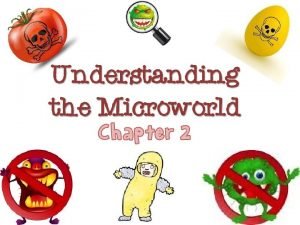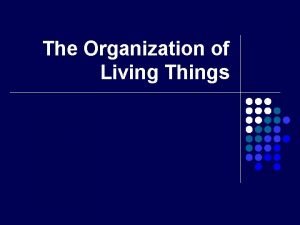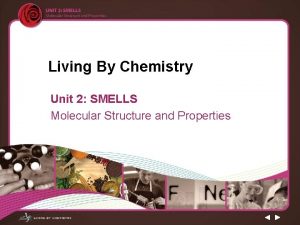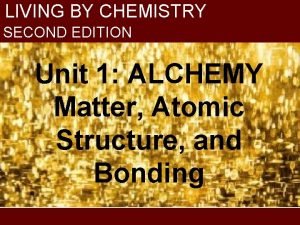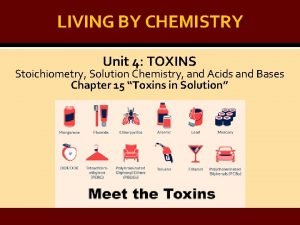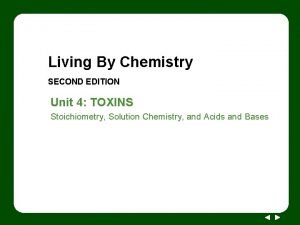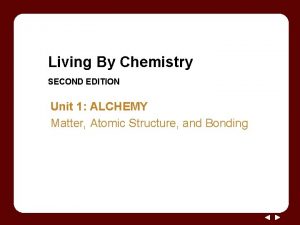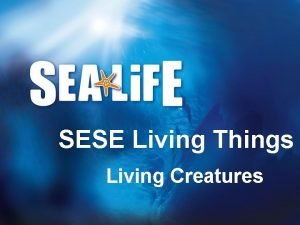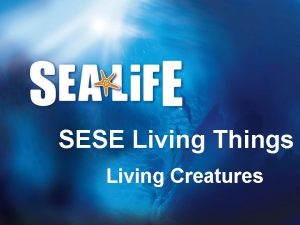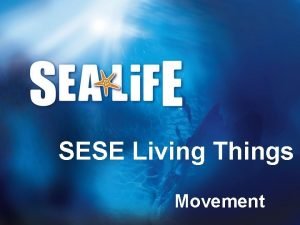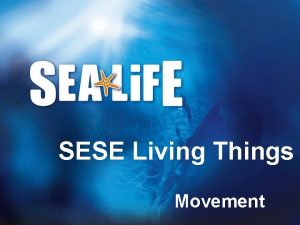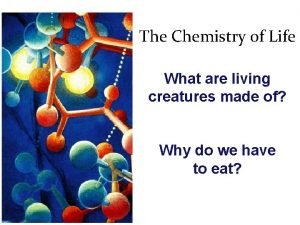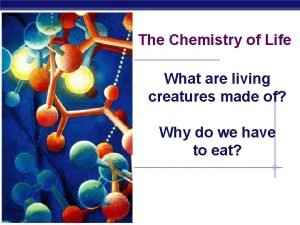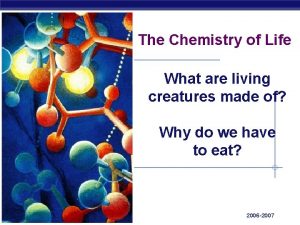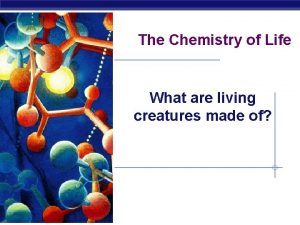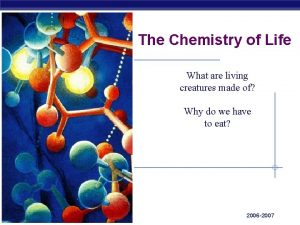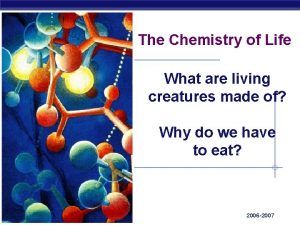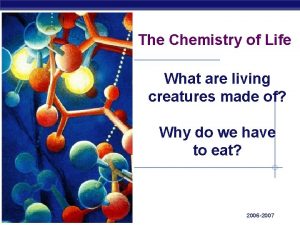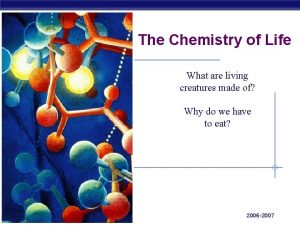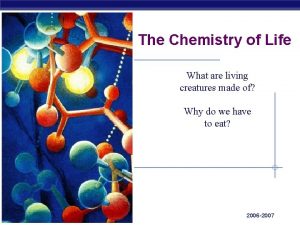The Chemistry of Life What are living creatures














- Slides: 14

The Chemistry of Life What are living creatures made of? Why do we have to eat?

Molecules of Life § Put C, H, O, N together in different § ways to build living organisms What are bodies made of? u carbohydrates § sugars & starches proteins u fats (lipids) u nucleic acids u § DNA, RNA

Why do we eat? § We eat to take in more of these chemicals u Food for building materials § to make more of us (cells) § for growth § for repair u Food to make energy § calories § to make ATP

How do we make these molecules? We build them! 2006 -2007

Building large molecules of life § Chain together smaller molecules u building block molecules = monomers § Big molecules built from little molecules u polymers

Building large organic molecules § Small molecules = building blocks § Bond them together = polymers

Building important polymers Carbohydrates = built from sugars sugar – sugar – sugar Proteins = built from amino acids amino amino acid – acid – acid Nucleic acids (DNA) = built from nucleotides nucleotide – nucleotide

How to build large molecules § Synthesis building bigger molecules from smaller molecules u building cells & bodies u § repair § growth § reproduction + ATP

How to build a polymer § Synthesis u You gotta be open to “bonding! joins monomers by “taking” H 2 O out § one monomer donates OH– § other monomer donates H+ § together these form H 2 O u H 2 O requires energy & enzymes HO H Dehydration synthesis HO H enzyme Condensation reaction HO H

How to take large molecules apart § Digestion taking big molecules apart u getting raw materials u § for synthesis & growth u making energy (ATP) § for synthesis, growth & everyday functions + ATP

How to break down a polymer Breaking up is hard to do! § Digestion u use H 2 O to breakdown polymers § reverse of dehydration synthesis § cleave off one monomer at a time § H 2 O is split into H+ and OH– w H+ & OH– attach to ends requires enzymes HO u releases energy H 2 O u enzyme H Hydrolysis Digestion HO H

Example of digestion ATP ATP starch ATP ATP glucose ATP § Starch is digested to glucose

Example of synthesis amino acids protein § Proteins are synthesized by bonding amino acids = building block protein = polymer

Any Questions? Penguins gone bad!
 Antigentest åre
Antigentest åre Four living creatures covered with eyes
Four living creatures covered with eyes Small living creature tom
Small living creature tom Small living creatures tom
Small living creatures tom Levels of organization atom
Levels of organization atom Ecosystem living and nonliving things
Ecosystem living and nonliving things Is mold living or nonliving
Is mold living or nonliving Living non living dead
Living non living dead What is the smallest living unit in the body
What is the smallest living unit in the body Living by chemistry unit 2 smells answers
Living by chemistry unit 2 smells answers Living by chemistry answer key
Living by chemistry answer key Living by chemistry solutions
Living by chemistry solutions Lesson 80 bearly alive solution concentration
Lesson 80 bearly alive solution concentration Lesson 81 drop in molecular views
Lesson 81 drop in molecular views Living by chemistry
Living by chemistry


